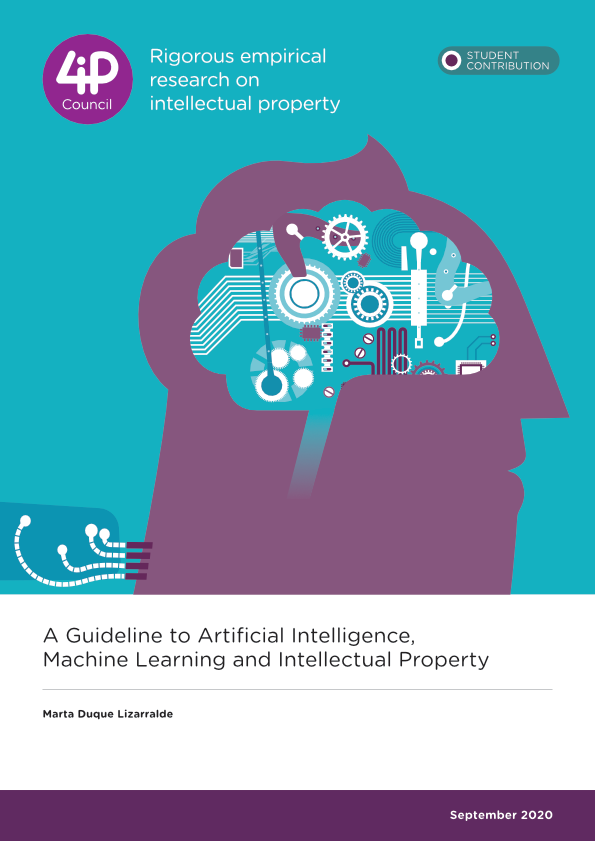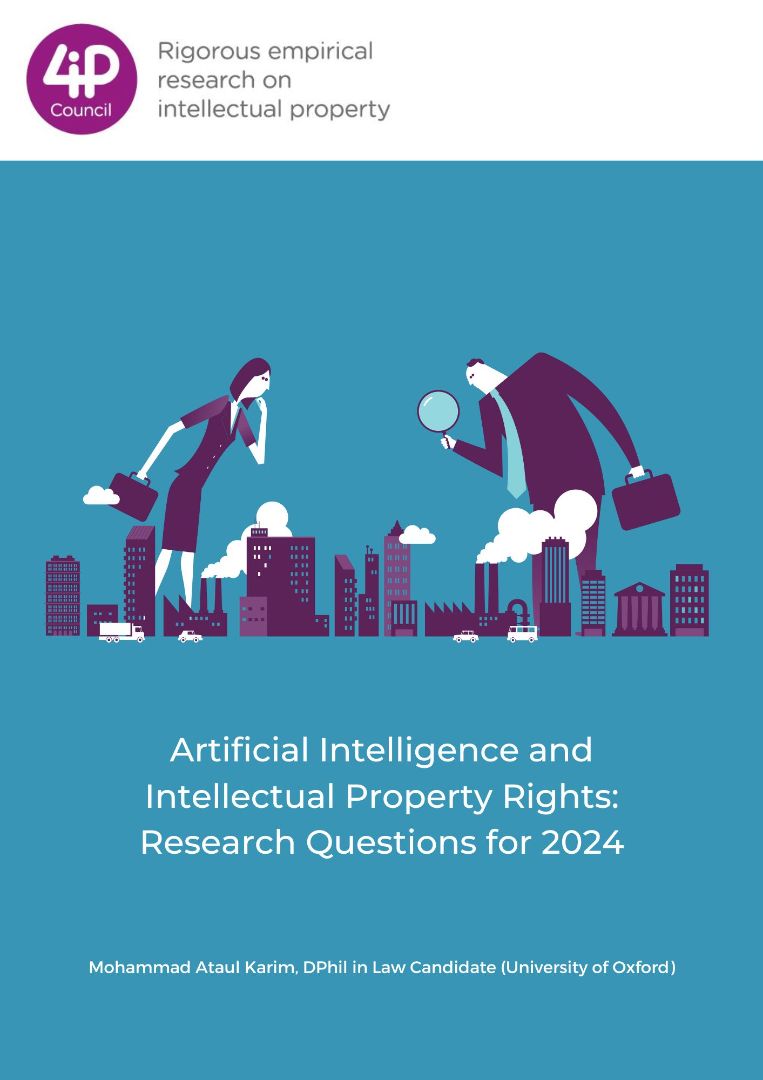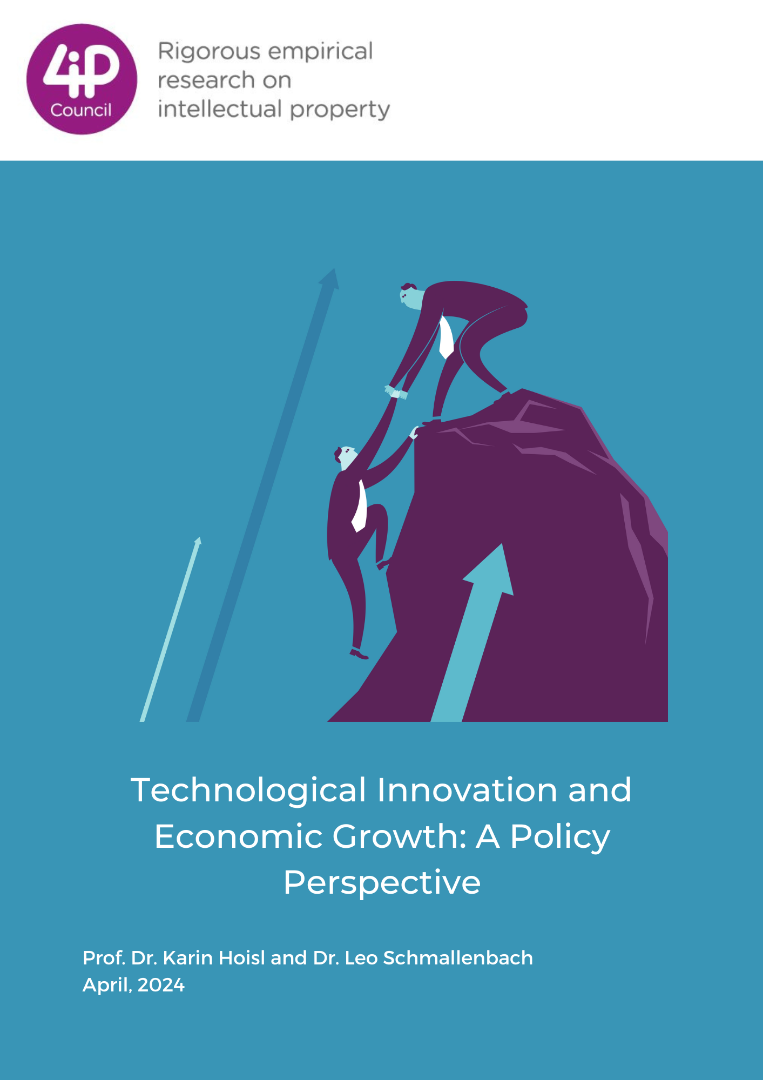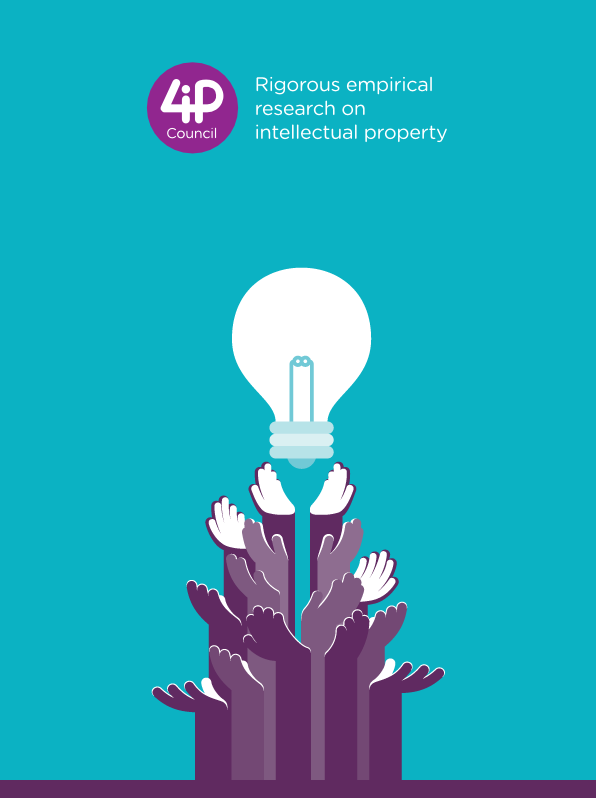1. What AI is and how it works
Many observers claim that the current AI boom began in 2013, after a series of ups and downs known as "AI summers and winters”. This is due to the growth in computing power and connectivity, which allows for the systematic collection and sharing of the large volume of data that is becoming increasingly available.
Although there is no universal definition of AI, it is generally considered to be “a discipline of computer science that is aimed at developing machines and systems that can carry out tasks considered to require human intelligence”. There are many ways in which AI can be achieved, machine learning (ML) and deep learning (DL) being two of them.
ML uses examples of input and expected output, called training data, to continually improve and make decisions, without being programmed how to do so in a step-by-step sequence of instructions. DL is a subset of ML which, through a plurality of algorithms called neural networks, recognizes patterns and is able to group and classify unlabelled data. The most significant advance in DL has been achieved by the Generative Adversarial Networks (GANS).
Nowadays there are some well-known common applications of AI/ML, such as object and speech recognition and detection, prediction, language translation, or spam identification. However, the important role that AI/ML systems play in the functioning of companies and the daily life of consumers will progressively increase, since more applications of AI are being researched. Therefore, it is essential that all companies, be it a software or SaaS provider, or an internal IT department, make AI/ML a core competency.







